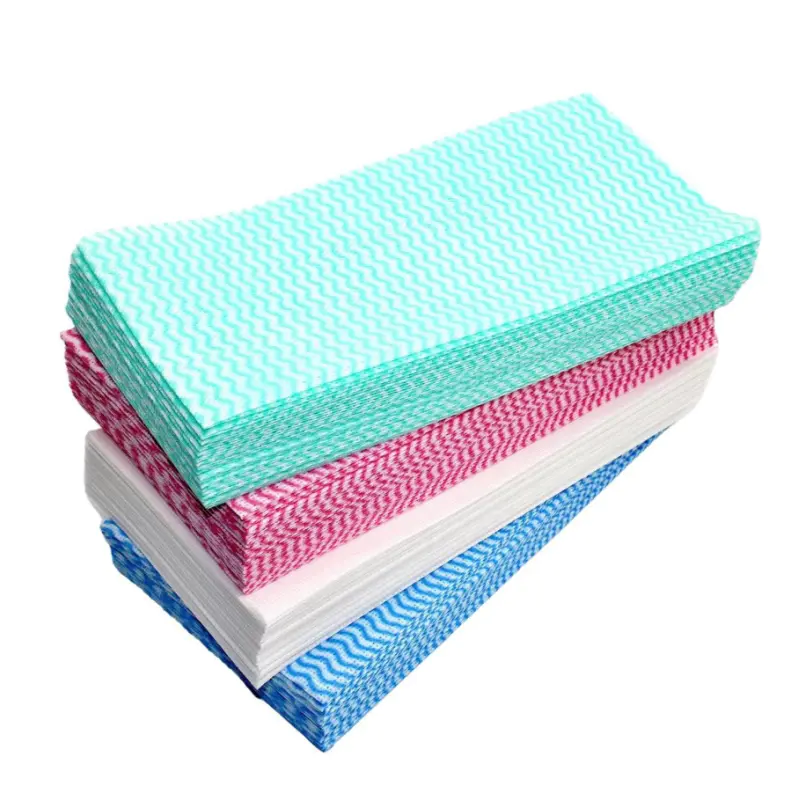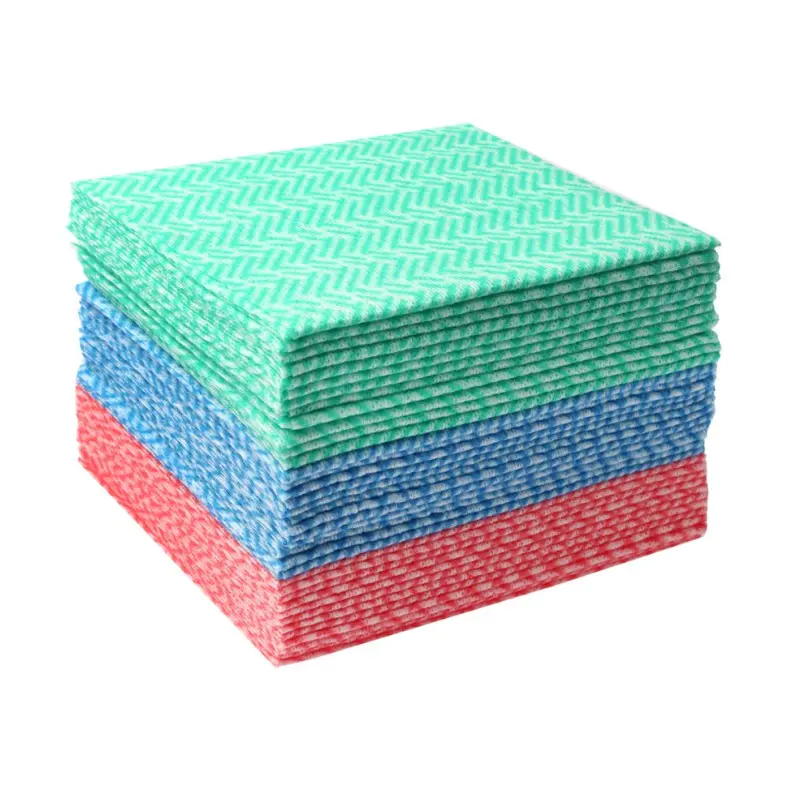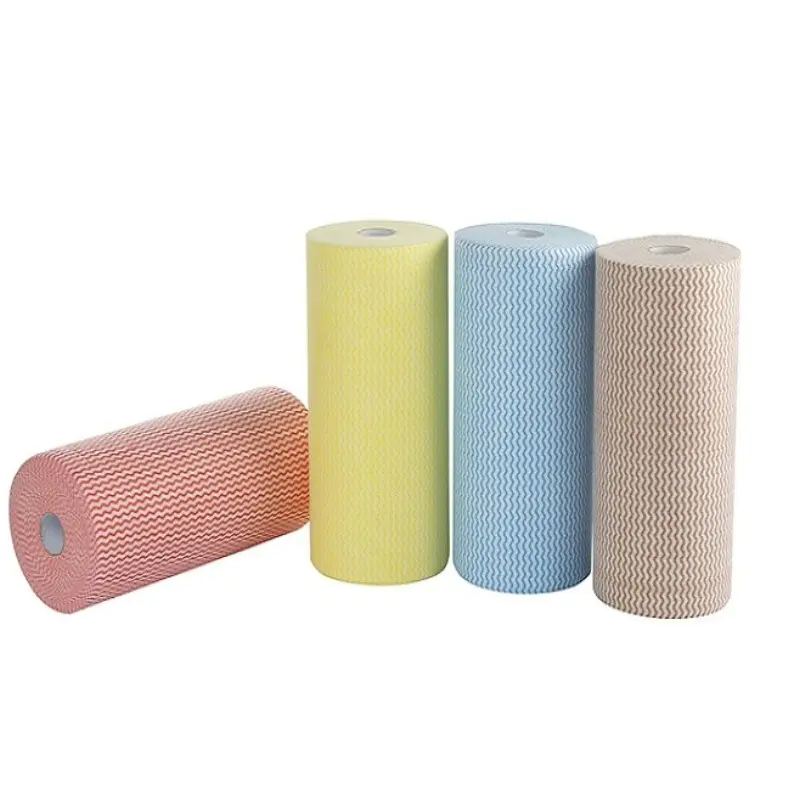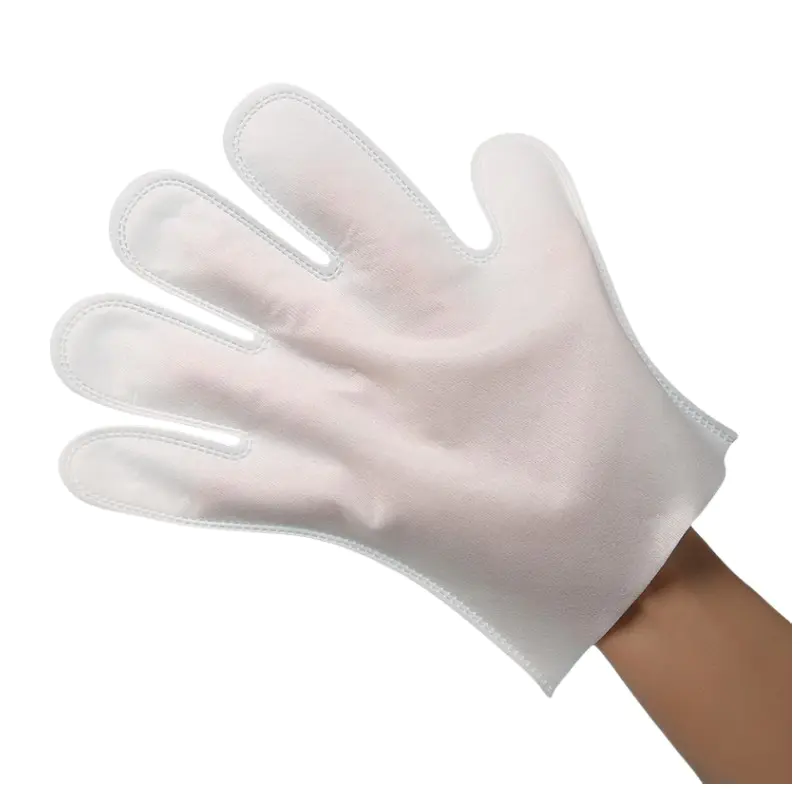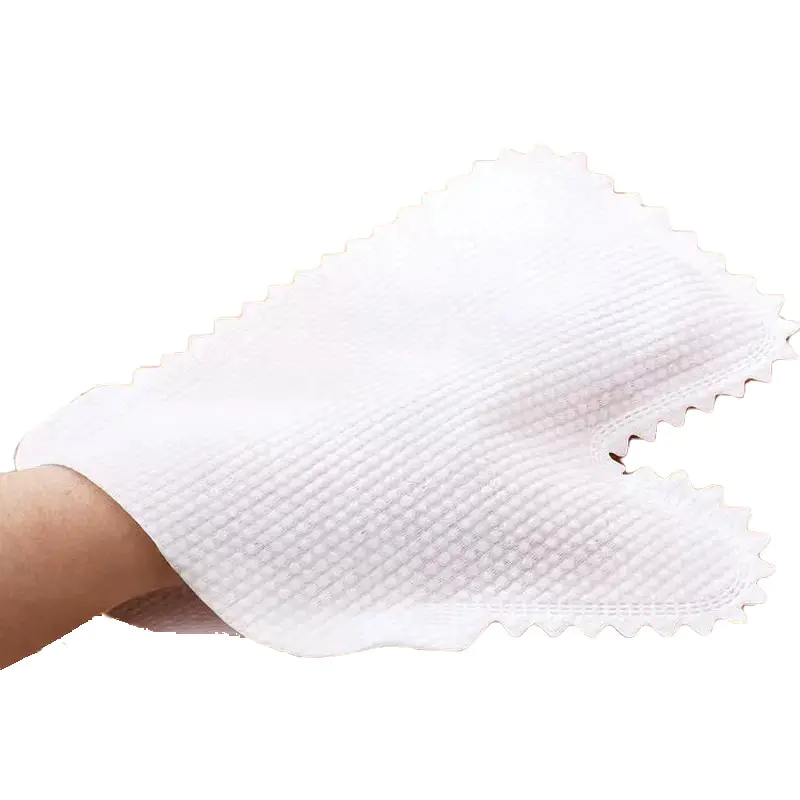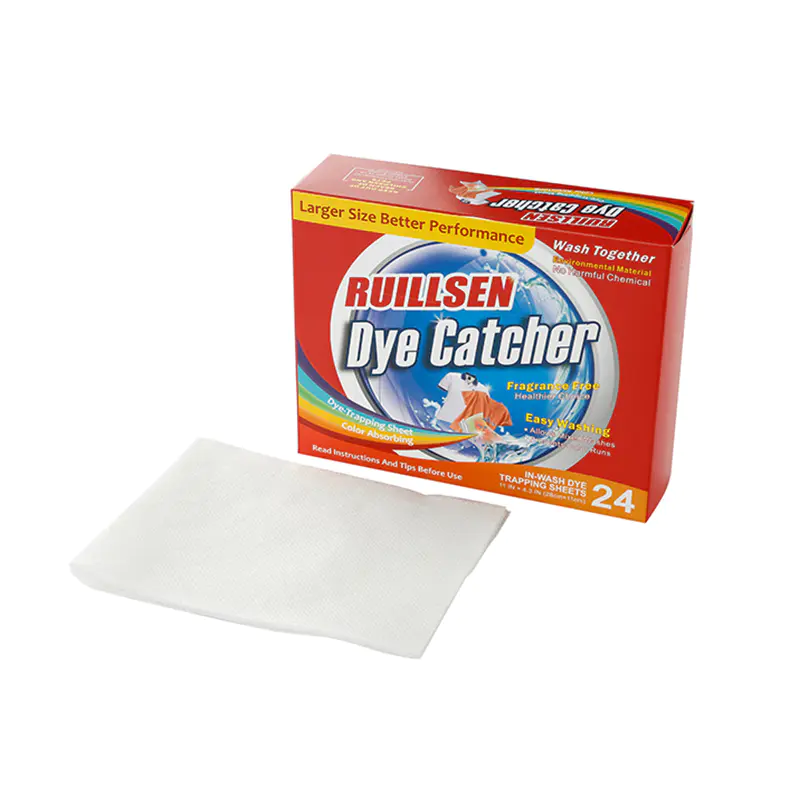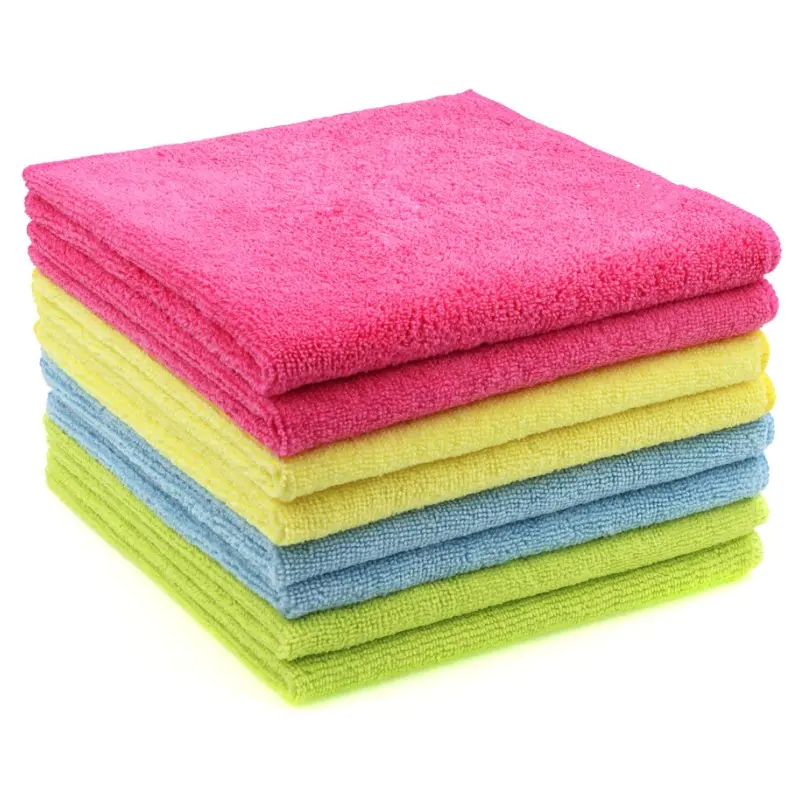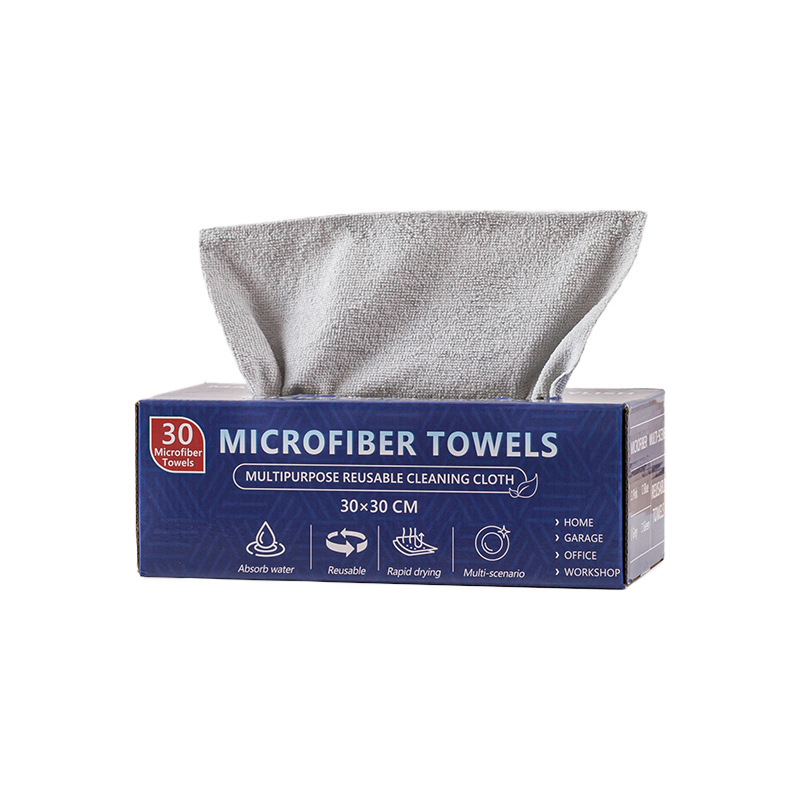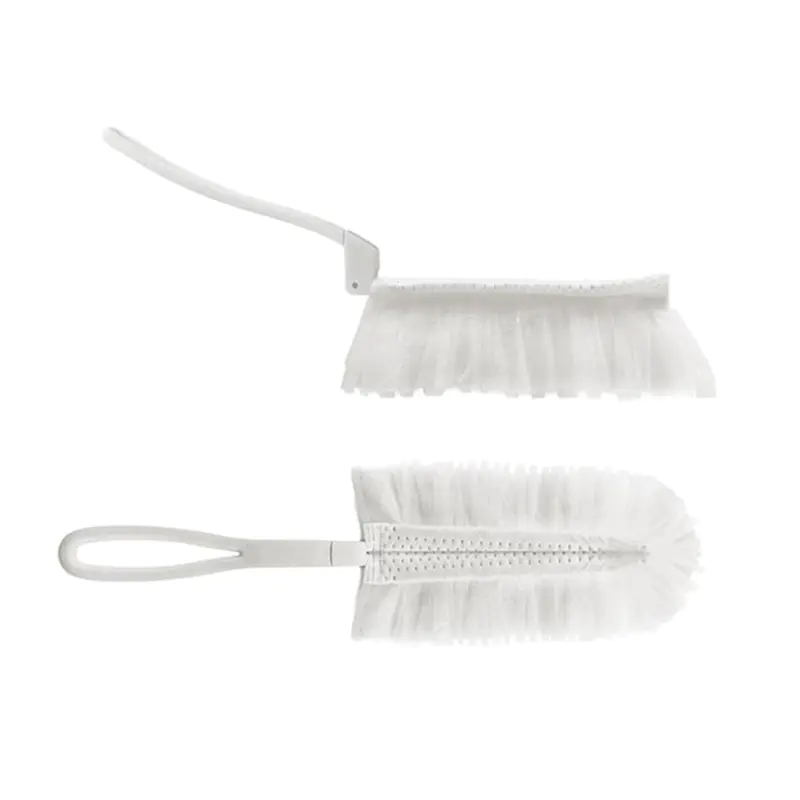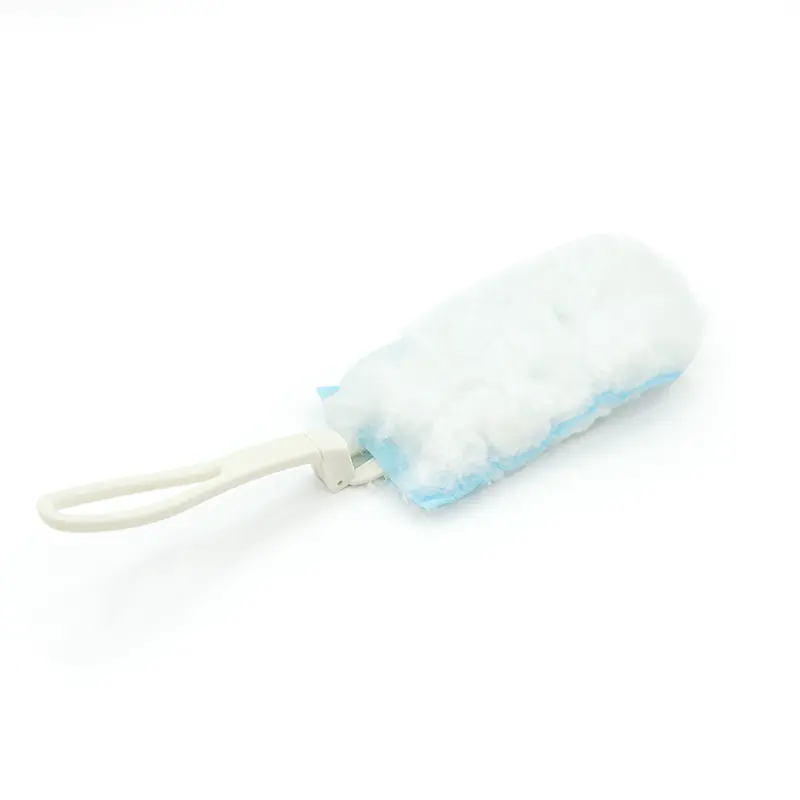Washing and drying a car is a routine part of vehicle maintenance, but it comes with a common concern: scratches. Even a small scratch can damage your car’s paint, reduce its aesthetic value, and, in severe cases, increase the risk of rust. Many car enthusiasts and daily drivers alike wonder: can using a car drying towel help reduce scratches? The answer is yes—but only when the right type of towel is used and proper drying techniques are followed.
1. Why Scratches Occur During Drying
Scratches during car drying are usually caused by friction between the towel and dirt particles left on the surface. Even after washing, microscopic dust, sand, or grit may remain on the paint. When you drag a rough towel across the car, these particles act like tiny abrasives, creating swirl marks or scratches.
Other factors that contribute to scratches include:
- Using rough or old towels with worn fibers.
- Applying excessive pressure while drying.
- Drying the car in a dirty or dusty environment.
- Using a towel that is too small, forcing multiple passes over the same area.
Understanding these causes helps in selecting the right drying tool to minimize scratches.
2. The Role of Car Drying Towels
Car drying towels are specially designed to absorb water quickly while minimizing friction on the paint surface. Here’s why they help reduce scratches:
- High Absorbency: Microfiber drying towels or premium plush towels can hold several times their weight in water. This reduces the need to repeatedly rub the same spot, decreasing friction.
- Soft, Smooth Fibers: Quality towels have soft, split fibers that glide over the paint instead of dragging abrasive particles.
- Large Surface Area: Bigger towels allow you to dry larger sections of the car at once, which reduces the number of passes and therefore the risk of scratching.
- Lint-Free: High-quality towels do not leave behind lint or debris, which can scratch the paint if rubbed in.
In short, using a proper car drying towel significantly reduces the chances of introducing scratches compared to using regular household towels, rags, or old t-shirts.
3. Best Types of Car Drying Towels
a. Microfiber Towels
Microfiber is the most popular choice. Its split fibers trap water and dust effectively while remaining soft on paint. For drying, towels with a weight of 400–600 GSM (grams per square meter) are ideal, providing a balance between absorbency and ease of use.
b. Waffle Weave Towels
Waffle weave towels are slightly different—they have a textured surface that absorbs water quickly while reducing friction. They are lightweight and easy to handle, making them suitable for large vehicles.
c. Plush or Thick Towels
Plush microfiber towels, often 700 GSM or higher, are extremely soft and gentle on paint. They are especially useful for luxury vehicles or freshly polished cars where the paint is more delicate.
4. Proper Drying Techniques
Even the best drying towel cannot prevent scratches if used incorrectly. Follow these tips to minimize damage:
- Rinse Thoroughly First: Remove all loose dirt and water using a hose or pressure washer before touching the paint.
- Pat Dry, Don’t Drag: For heavy water areas, gently pat the surface instead of dragging the towel.
- Use Multiple Towels: Rotate between towels to avoid reusing a saturated towel filled with dirt particles.
- Fold Towels Properly: Fold microfiber towels into quarters so that each side has a clean surface.
- Avoid Excessive Pressure: Let the towel absorb water naturally rather than pressing down hard on the paint.
- Dry in Shade: Drying under direct sunlight may cause water spots; working in the shade also allows for gentler towel handling.
By combining the right towel with careful technique, you minimize contact between abrasive particles and the paint surface, reducing the risk of scratches.
5. Additional Tips for Scratch Prevention
- Use a Grit Guard Bucket: Keep towels clean by washing and rinsing them in a bucket with a grit guard to trap dirt at the bottom.
- Regular Towel Maintenance: Wash microfiber towels separately using mild detergent and avoid fabric softeners, which can clog fibers.
- Avoid Old or Worn Towels: Frayed edges or broken fibers can act like sandpaper.
- Supplement with Air Drying: For hard-to-reach areas, use a leaf blower or compressed air to remove excess water before towel drying.
These extra precautions, combined with a quality car drying towel, provide maximum protection against scratches.
Conclusion
So, can a car drying towel reduce scratches? Absolutely—when the right towel is used and proper drying techniques are followed. Microfiber, waffle weave, or plush towels absorb water efficiently, reduce friction, and provide a soft surface for drying. Coupled with careful handling, rotating towels, and cleaning techniques, they significantly lower the risk of scratches compared to ordinary towels or rags.
While no drying method can guarantee zero scratches—especially if dirt remains on the surface—investing in a high-quality car drying towel is one of the most effective ways to protect your car’s paint, maintain its appearance, and extend the life of your vehicle’s finish. For car enthusiasts and daily drivers alike, a proper drying towel is a small investment that pays off in long-term vehicle care.
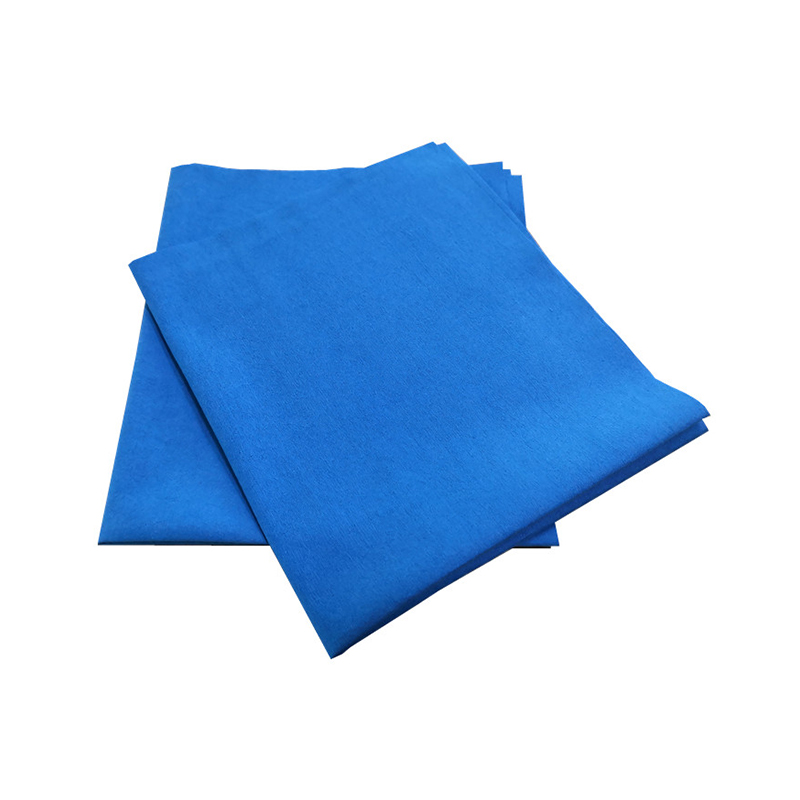

 English
English Español
Español